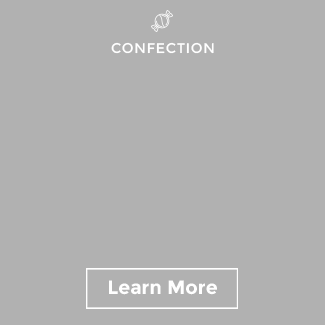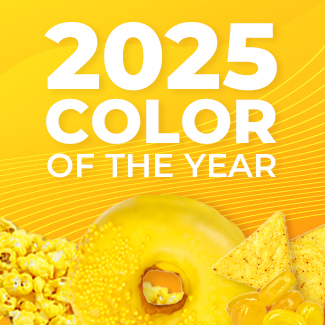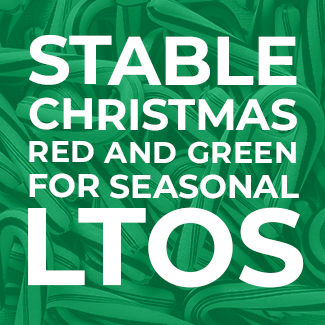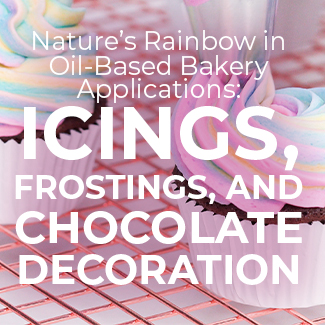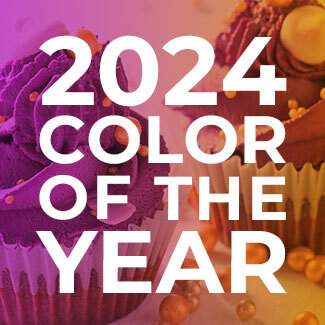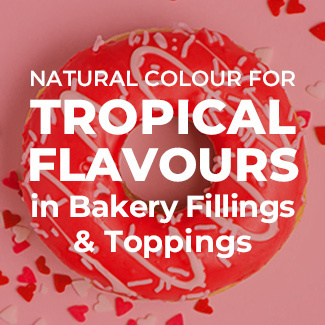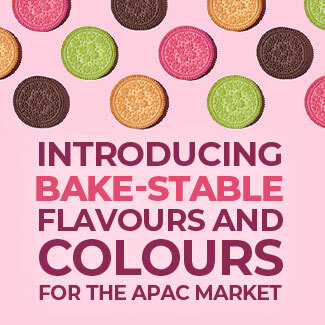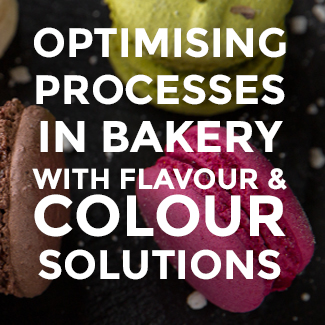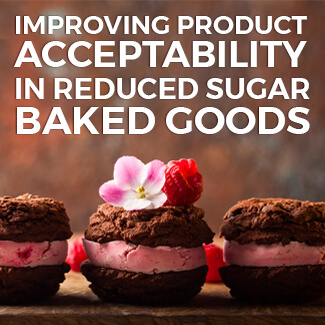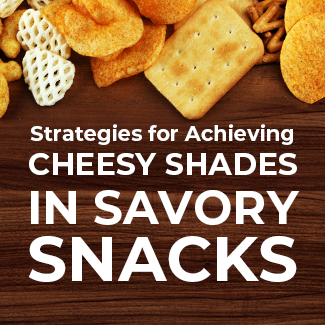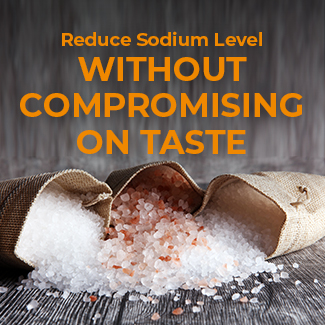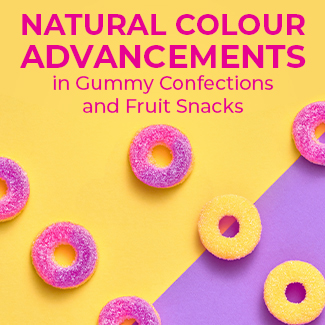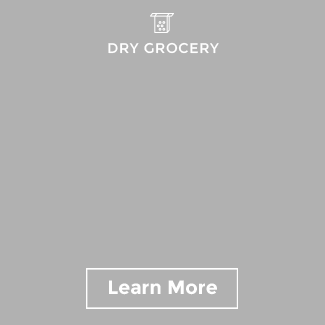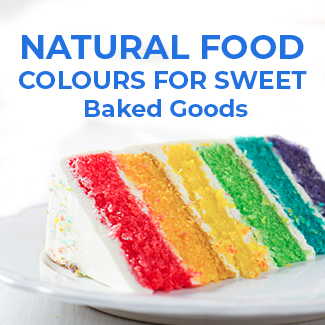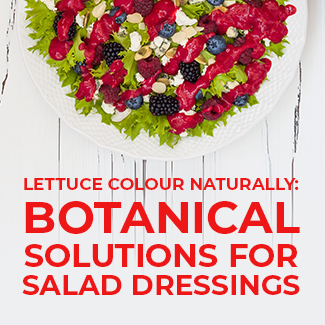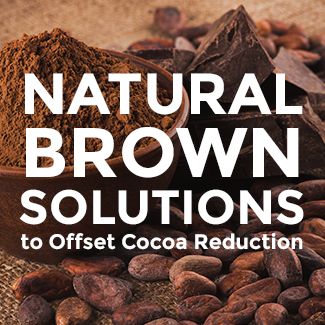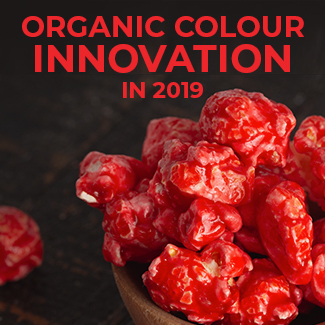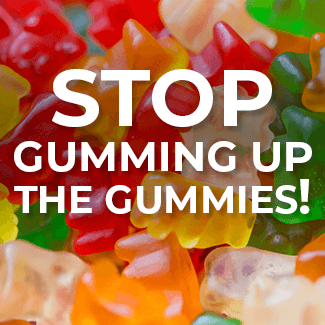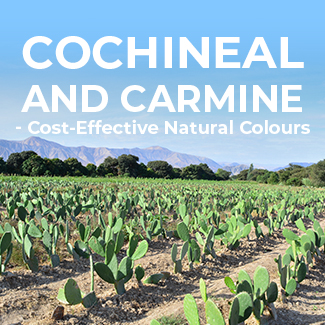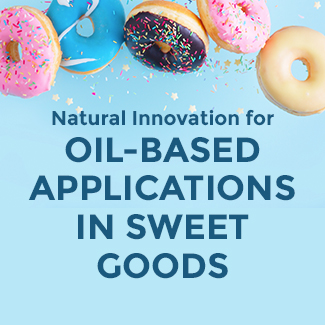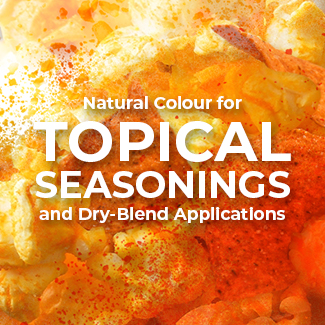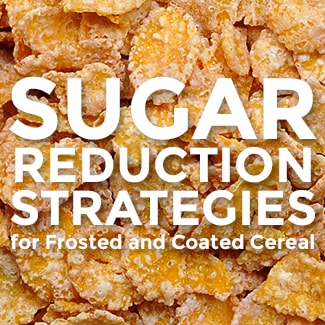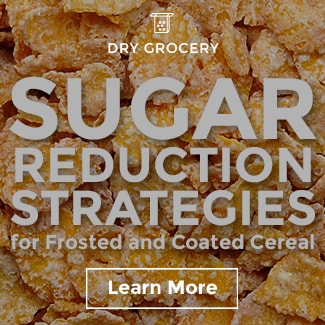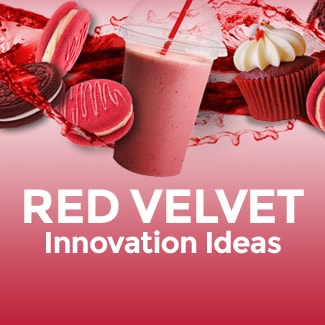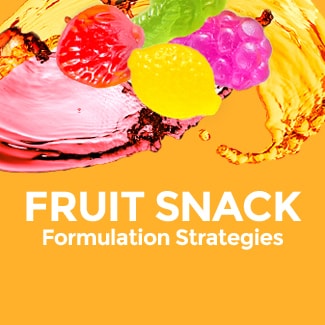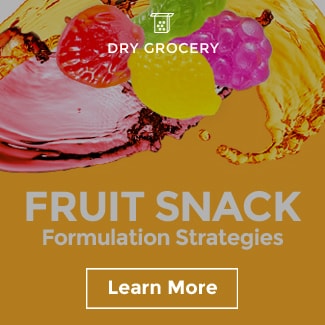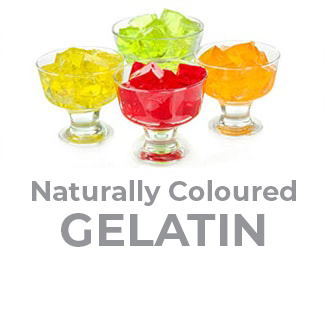Replacement Strategies for Caramel Coloring
Increasingly, more of our customers are asking us to help them remove caramel color from their current formulations. Sensient consumer research indicates about 51% of the general population are concerned with the presence of caramel coloring in their everyday foods and beverages. This uneasiness most likely stems from negative publicity around Caramel Class III and IV. Since ingredient lists do not differentiate between any of the Classes I-IV, consumers just seem to avoid the color altogether. Additionally, there seems to be some controversy over caramel coloring amongst regulatory bodies. To avoid uncertainty, food and beverage brands are proactively choosing to replace caramel color with an alternative option.
A Look at Caramel Coloring
As caramel is one of the most widely used colorants, the intent to replace is prevalent across a broad range of applications, including cereal, cookies, certain breads and deli meats, beverages like teas, coffees, and soda, pet food, alcoholic beverages, bakery mixes, soups and sauces, etc.
Additionally, there seems to be some controversy over caramel coloring amongst regulatory bodies. To avoid uncertainty, food and beverage brands are proactively choosing to replace caramel color with an alternative option.
A Look at Caramel Coloring
As caramel is one of the most widely used colorants, the intent to replace is prevalent across a broad range of applications, including cereal, cookies, certain breads and deli meats, beverages like teas, coffees, and soda, pet food, alcoholic beverages, bakery mixes, soups and sauces, etc.
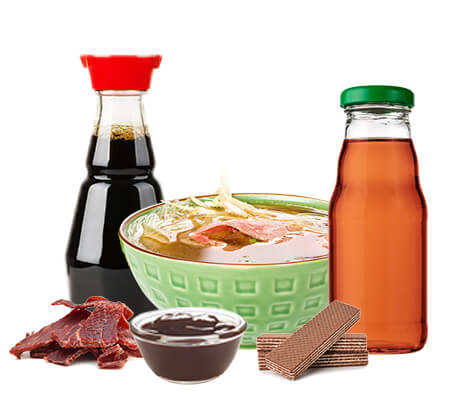 While caramel has low tinctorial strength, the high usage rate typically required is offset by the low cost. Additionally, caramel has other attractive features including:
While caramel has low tinctorial strength, the high usage rate typically required is offset by the low cost. Additionally, caramel has other attractive features including:
- Very good heat stability
- Few off-notes that restrict usage level
- Stable color across a wide pH range
- Exceptionally good light stability
 Another Approach to Replacing Caramel Coloring
Our team has found quite a lot of success employing our Sienna™ natural brown fruit juice. It has many of the same advantages as caramel color and provides very appealing brown shades. It is an ideal replacer for Class I or Class II caramel. Sienna is stable across an extremely broad pH range and will stand up to heat and light.
From a usage standpoint, the Sienna fruit juice is very cost-efficient, so price is generally not a concern. However, it does have off-notes which can be undesirable or complimentary depending on the application, but we have hardly experienced any issues in a majority of formulations. It really depends on the application, the level of flavor, and obviously the desired shade.
Another Approach to Replacing Caramel Coloring
Our team has found quite a lot of success employing our Sienna™ natural brown fruit juice. It has many of the same advantages as caramel color and provides very appealing brown shades. It is an ideal replacer for Class I or Class II caramel. Sienna is stable across an extremely broad pH range and will stand up to heat and light.
From a usage standpoint, the Sienna fruit juice is very cost-efficient, so price is generally not a concern. However, it does have off-notes which can be undesirable or complimentary depending on the application, but we have hardly experienced any issues in a majority of formulations. It really depends on the application, the level of flavor, and obviously the desired shade.
 Final Thoughts on Caramel Replacement Strategies
One of the most interesting approaches to replacing caramel has been to use the Sienna fruit juice in combination with our traditional natural brown option to reduce cost and improve heat stability. This solution has produced some very good results.
If you have any questions or projects where you need some assistance, please set up a consultation or reach out to me directly.
Additionally, you may request a sample of any natural brown and start formulating today.
Final Thoughts on Caramel Replacement Strategies
One of the most interesting approaches to replacing caramel has been to use the Sienna fruit juice in combination with our traditional natural brown option to reduce cost and improve heat stability. This solution has produced some very good results.
If you have any questions or projects where you need some assistance, please set up a consultation or reach out to me directly.
Additionally, you may request a sample of any natural brown and start formulating today.




